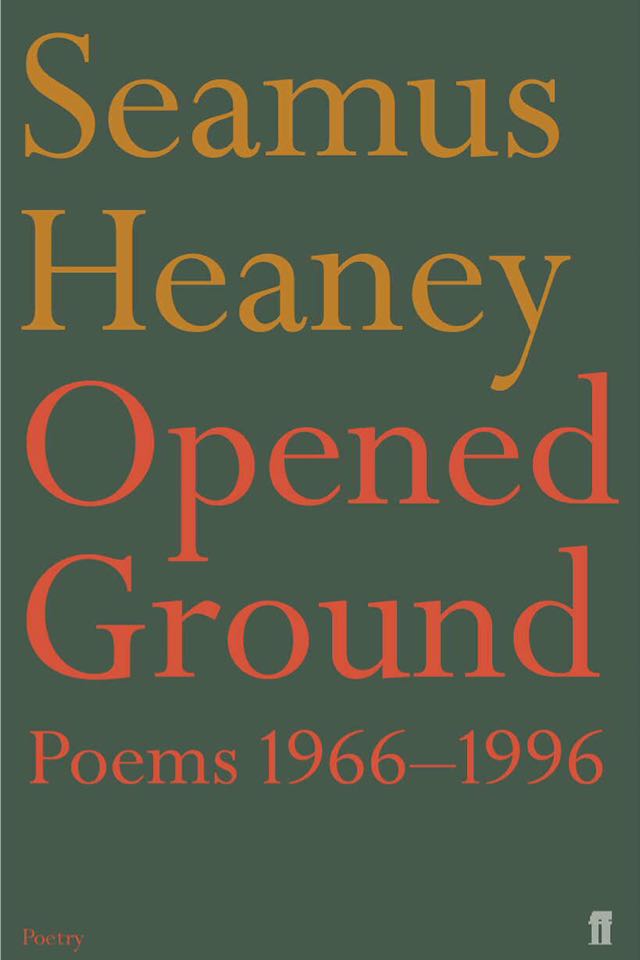Opened Ground
— Joy Shan
The Oxford English Dictionary says a bog is a piece of wet, spongy ground, consisting chiefly of decaying moss and other vegetable matter.
The dictionary adds, as an oblique afterthought, that a bog is too soft to support a human body.
What the dictionary evades, poetry lets us see, no matter how filthy. I’d first come across bog while reading the poet Seamus Heaney. Spoken aloud the word resembled something thick, and dark, and homogeneous in makeup. The way the syllable landed gently, with a g, made the murkiness sound vast, a word that hung on the outskirts of the Irish countryside and extended into the horizon.

I lay waiting between turf-face and demesne wall,
begins Heaney’s poem, ‘The Bog Queen,’ which appears in the collection Opened Ground. This was how I was first dragged down through the layers of peat moss, the moldered tree roots and wet soil. The Bog Queen is a corpse, left to corrode in the wetlands of the Irish countryside—a bog body. I shiver beside her in all her sensuous decay.
It can feel oddly fruitless to read Seamus Heaney, let alone to try and gather thoughts on his work. So few stones have been left unturned. But these days—due, perhaps, in part to a public discourse that trades in air-filled abstractions—I find myself drawn to the spare and concrete world contained within his poetry. These are visceral poems, but, in these pages, the most physical, mundane acts are elevated to a divine or otherworldly plane. Folding the laundry, scrubbing potatoes: these chores become sacred rites that unite mother and son. A young boy goes to gather blackberries, but by the poem’s end he’s received a disturbing, uncanny warning against his gluttony and greed. Most of all, I’m drawn to the landscape of Opened Ground—a moody, alien terrain that can, at once, terrorize and comfort. It’s a rural landscape that humans work to discipline, but nature, we learn, is a wise and unruly force—capable of disciplining and mystifying in return.
A bog will always be beautiful to me. The landscapes within most books I’ve read are merely pieced-together memories of dunes and meadows I’d seen in real life. But the boglands of my mind are purely the product of Heaney’s poems—they are the site of bog queens and bog lilies, they are the backdrop against which children first experience nature’s wrath. Even if I never see one in real life, I know there exists a place where flora festers more than it grows—a place dark and moist, like the secret parts of ourselves. So I fall in, and listen to the bodies that speak to me from its recesses, where words don’t reach.